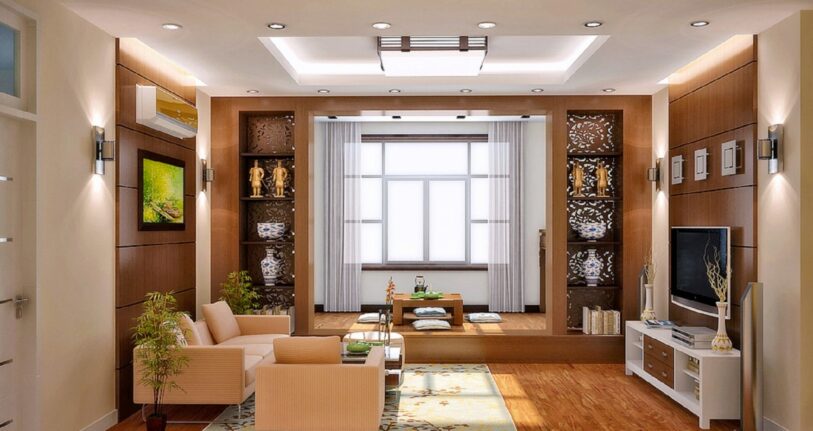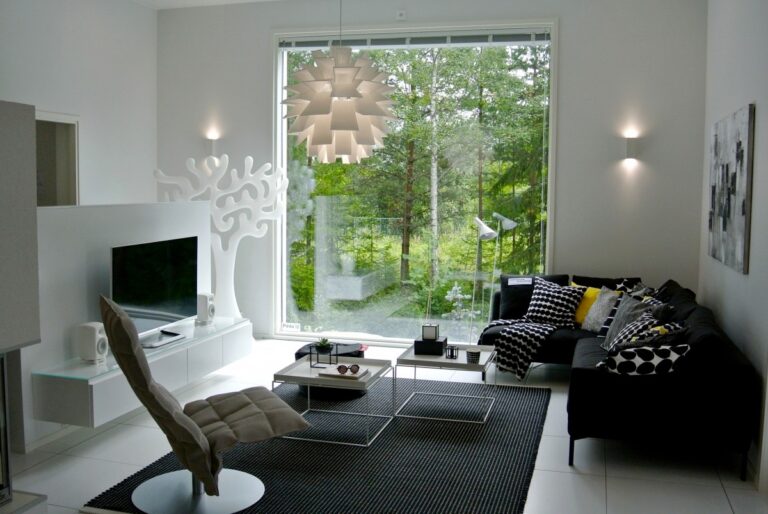Interior Design Tips for Beginners to Get Started
Jd Institute
- March 10, 2023
- 6 min read
- Blogs

Essential Interior Design Tips for Beginners
Whether you stay in a town,flat or farm cottage, you choose to make your residing house as interesting and attractive as possible. But reaching that drop dead amazing like we usually see decors on magazines or the screen almost seem impossible and also they make it seem so effortless.
What Is Interior Design?

The Basics of Interior Design: 3 Design Principles
Style
Selecting an interior design style within the starting will assist you preserve your area cohesive and focused. There are lots of readorning styles to pick out from—like shabby chic, Tuscan, mid-century modern, industrial, Scandinavian, or farmhouse—and a lot of them include their own, unique design elements, color schemes or color palettes, window treatments, ground plans, and even styles of wall-art. Acquaint yourself with numerous different styles, such as what design tendencies are famous proper now, to get a flavor for what style thoughts you like.
Focal point.
Each room needs to have a focal point: an exciting or stunning piece—together with a bit of art, a fireplace, or a pleasing couch—that attracts viewers’ attention. Take care now not to go overboard here: when you have too many focal points in a dwelling area, it’s going to begin to sense overpowering and unfocused.
Balance
To achieve balance in each room, you’ll want to distribute the visible weight of your furnishings and accents. Consider scale (massive and small items), texture (tough and smooth items), and position (high, eye-level, and coffee placement, and left and proper placement). If you take note of diffused contrasts in an unmatched area, you’ll be capable of creating rooms that are whole and balanced.
Here are the top 8 Interior Design Tips for you to get started :
1) Spend carefully.
When you’re simply starting your journey in interior design, it’s fine to take matters sluggish and determine which gadgets can be your big-price price tag ones. A precise rule of thumb is that the fine portions of fixtures to splurge on are couches and beds—they’re visually heavy gadgets as a way to draw attention, so that you need them to appear nice. Once you’ve located the ones, you could fill the gaps together along with your accessory gadgets and DIY home decorating.
2) Remember to pay attention to lighting.
A well-designed room may be spoiled through improper lighting, so make certain to factor lighting into your budget. Windows (for herbal light), ground lamps, overhead lights, accessory lighting, and white- or light-coloured partitions and fixtures are all awesome methods to open up a darkish or small space.
3) Make nice use of accessory portions.
Some interior designers are aware of the “big” portions in a room—such things as couches, rugs, dressers, and tables—and overlook approximately the small matters. Accent portions are an awesome manner to make a room feel extra customized and extra visually interesting, so maintain a watch out for such things as bowls, books, and different decorations you could use to jazz up cabinets and espresso tables.
4) Give your furniture room to breathe.
When you get a brand new piece of furniture, it’s a common inclination to push it up towards the wall—however this will make a room feel stiff and flat. Instead, maintain your fixtures at least some inches far away from the partitions to offer your room an airier feeling.
5) Your home isn’t always a showroom.
If you’re currently running in your own home’s decor and interior, don’t try to make it appear like the expert images you notice online or in interior design class. Instead, throw in extra eclectic or sentimental portions in order so that your property has the ideal stability of gorgeous design and liveability.
6) Pay interest to colour from numerous view points.
Don’t select your paint colour first. Sometimes interior design pointers are somewhat strange, like this one telling us that determining which tones to splash in your partitions ought to be one in all your remaining decisions. You have a whole rainbow of colours to select from, and seeing what furniture portions and ornamental objects are located in a room allow you to select out the perfect colour. Also, do not blend in too many colours. Choose only 3 main colours throughout the entire space to apply & match your home to make it get the overall aesthetic appeal.
7) Try to apply dramatic colour in a small space.
Small areas which you tend to skip can display off a colour in an awesome way. While it’s real that dramatic colours could make a room feel heavy or dark, portraying your pantry or hallway in a dark tone is a special matter. Opting for dramatic colors in small areas makes the whole property feel colourful and bigger and grabs your interest & attention.
8) You don’t have to let everything match.
Interior catalogs are designed to sell furniture, not to teach you how to be living & designing. Nobody lives that way, so don’t attempt matching any of those marketing themed design ideas.Rather create a warm & cozy appearance by making your room’s design eclectic and no longer a display room. Use special portions and accents that trap the attention and grabs good interest in your space.






